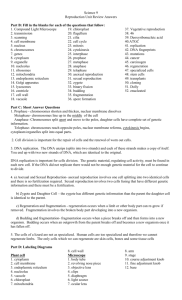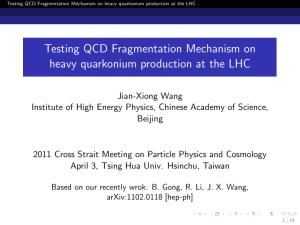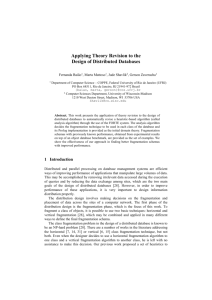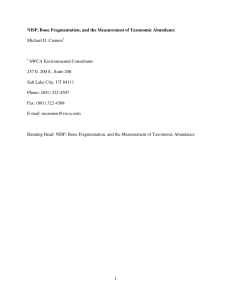Sharik R. Khan and Andrei Kuzminov
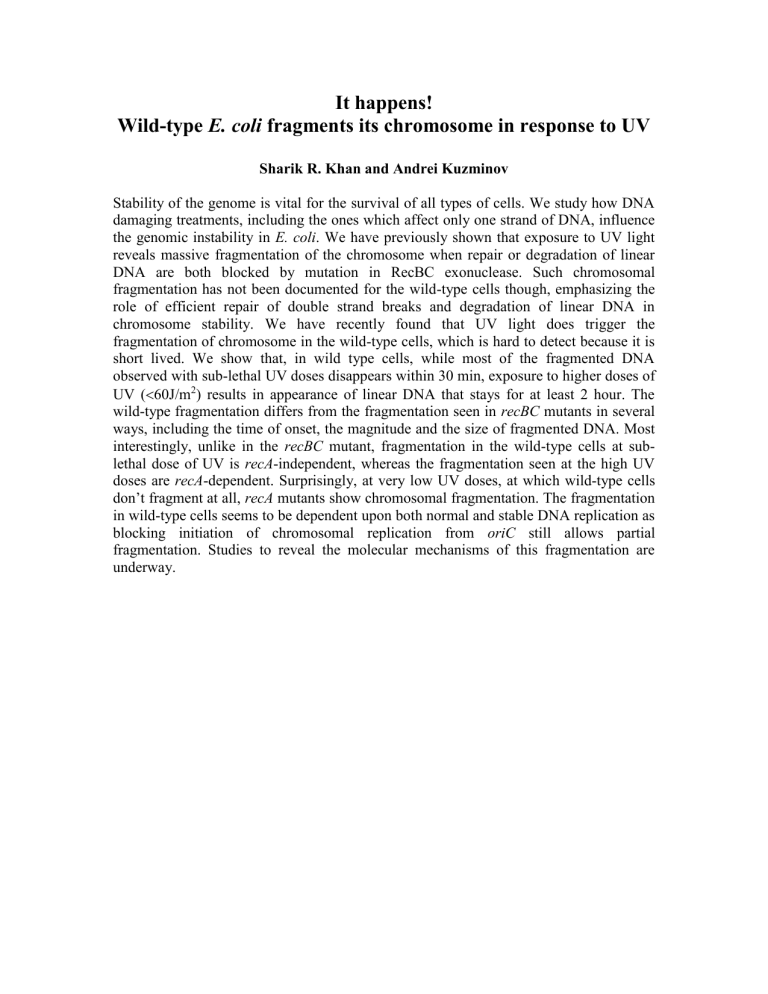
It happens!
Wild-type E. coli fragments its chromosome in response to UV
Sharik R. Khan and Andrei Kuzminov
Stability of the genome is vital for the survival of all types of cells. We study how DNA damaging treatments, including the ones which affect only one strand of DNA, influence the genomic instability in E. coli . We have previously shown that exposure to UV light reveals massive fragmentation of the chromosome when repair or degradation of linear
DNA are both blocked by mutation in RecBC exonuclease. Such chromosomal fragmentation has not been documented for the wild-type cells though, emphasizing the role of efficient repair of double strand breaks and degradation of linear DNA in chromosome stability. We have recently found that UV light does trigger the fragmentation of chromosome in the wild-type cells, which is hard to detect because it is short lived. We show that, in wild type cells, while most of the fragmented DNA observed with sub-lethal UV doses disappears within 30 min, exposure to higher doses of
UV (
60J/m 2 ) results in appearance of linear DNA that stays for at least 2 hour. The wild-type fragmentation differs from the fragmentation seen in recBC mutants in several ways, including the time of onset, the magnitude and the size of fragmented DNA. Most interestingly, unlike in the recBC mutant, fragmentation in the wild-type cells at sublethal dose of UV is recA -independent, whereas the fragmentation seen at the high UV doses are recA -dependent. Surprisingly, at very low UV doses, at which wild-type cells don’t fragment at all, recA mutants show chromosomal fragmentation. The fragmentation in wild-type cells seems to be dependent upon both normal and stable DNA replication as blocking initiation of chromosomal replication from oriC still allows partial fragmentation. Studies to reveal the molecular mechanisms of this fragmentation are underway.





